Since the founding of the Will Eisner Comic Industry Awards (and their previous incarnation, the Kirby Awards), the following individuals have been inducted into the Hall of Fame.

Jacques Tardi
1946–
Considered the father of the “new realism” style, French cartoonist Jacques Tardi began his comics career in 1970, with stories for Pilote and later Metal Hurlant. He is best known in the U.S. for his Adele Blanc-Sec series and the graphic novels West Coast Blues, The Arctic Maurauder, Bloody Streets of Paris, Like a Sniper Lining Up His Shot, and the Eisner Award-winning It Was the War of the Trenches and Goddamn This War.
Inducted 2016
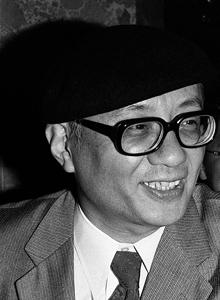
Osamu Tezuka
1929–1989
Osamu Tezuka was the dean of Japan’s comics (manga) and animation (anime) industries from 1947 until his death in 1989. He created such wide-ranging series as Astro Boy (Mighty Atom), Kimba the White Lion (Jungle Emperor), Adolf, Phoenix, and Black Jack. With many of these works now available in U.S. editions, his following and influence among Americans continues to increase, over 20 years after his death.
Inducted 2022

Roy Thomas
1940–
Roy Thomas helped Jerry G. Bails found Alter Ego, the first real comic book fanzine. From 1965 to 1980 he wrote and edited for Stan Lee at Marvel (X-Men, Avengers, Invaders, Conan the Barbarian, Red Sonja et al.) and served as editor-in-chief from 1972 to 1974. From 1980 to 1986 Roy wrote for DC, mostly titles he co-created such as All-Star Squadron and Infinity, Inc. In 1999 Roy revived Alter Ego for TwoMorrows Publishing.
Inducted 2011
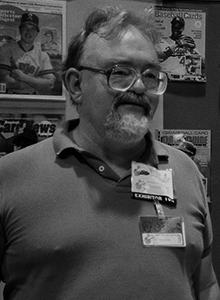
Don Thompson
1935–1994
Don Thompson and his wife Maggie are among the legendary founders of comics fandom. Lifelong fans of science fiction and comic books, they met in 1957 and published their first fanzine, Comic Art, starting in 1961. In 1967 they launched Newfangles, one of the first fanzines devoted to the doings of comics fandom. In 1972 the Thompsons started writing a column for the Buyer’s Guide for Comic Fandom, which later became the Comics Buyer’s Guide (CBG). They ran CBG together from 1983 until Don’s death in 1994. Under their direction, it became essential reading as the industry’s main fan-oriented news magazine. Don was also the co-editor (with Richard Lupoff) of the 1970 book All in Color for a Dime, which got many a comics fan interested in the medium’s Golden Age.
Inducted 2020

Kim Thompson
1956–2013
Kim Thompson was born in Denmark in 1956 and grew up in the rich and varied publishing world of European comics. He arrived in the U.S. in the 1970s and immediately joined with Gary Groth, founder of Fantagraphics, to serve as co-publisher for the next three decades. Kim began working with The Comics Journal, helping produce the news reports, interviews, criticism, and commentary that would guide and outline the growth of both mainstream comics and the independent comics publishing movement going into the 1980s. By the early 1980s Fantagraphics began publishing a list that included many of the most acclaimed comics and graphic novels of the era—including the Hernandez Brothers’ Love and Rockets—and Thompson was instrumental in their acquisition and publication. Thompson was also a key figure in bringing the best of European graphic novels to the U.S., acquiring and translating works.
Inducted 2023
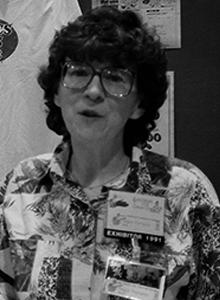
Maggie Thompson
1942–
Maggie Thompson and her late husband, Don, are among the legendary founders of comics fandom. Lifelong fans of science fiction and comic books, they met in 1957 and published their first fanzine, Comic Art, starting in 1961. In 1967 they launched Newfangles, one of the first fanzines devoted to the doings of comics fandom. In 1972 the Thompsons started writing a column for the Buyer’s Guide for Comic Fandom, which later became the Comics Buyer’s Guide (CBG). They ran CBG together from 1983 until Don’s death in 1994, after which Maggie continued to manage CBG until it ceased publication in 2013. Under their direction, it became essential reading as the industry’s main fan-oriented news magazine. Maggie has received the Bob Clampett Humanitarian Award and the Friends of Lulu “Woman of Distinction” Award. Maggie is a regular contributor to Comic-Con’s Toucan Blog; click here to read her monthly posts.
Inducted 2020
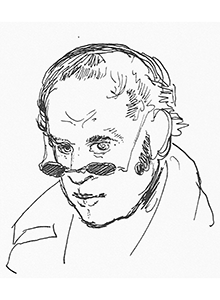
Rodolphe Töpffer
1799–1846
Swiss artist Rodolphe Töpffer is known for his histoires en images, picture stories that are considered predecessors to modern comic strips. His works included Histoire de M. Jabot (1833), Monsieur Crépin (1837), Monsieur Pencil (1840), and Le Docteur Festus (1846). These works were distinctively different from a painting, a political cartoon, or an illustrated novel. The images followed clear narrative sequences over a course of many pages, rather than just a series of unrelated events. Both text and images were closely intertwined. Originally, he drew his comics purely for his own and friends’ amusement. One of his friends, Johann Wolfgang von Goethe, liked them so much (especially the Faust parody) that he encouraged Töpffer to publish his littérature en estampes (“graphic literature”). His stories were printed in various magazines and translated into German, Dutch, English, Norwegian, Danish, and Swedish.
Inducted 2021
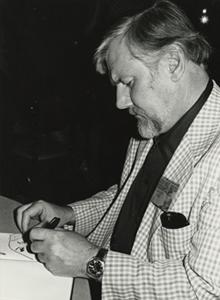
Alex Toth
1928–2006
Although he didn’t create any famous characters or have long runs on any well-known comics titles, Alex Toth is revered among comics artists for his sparse yet eloquent drawing style and his storytelling techniques. In animation, his character designs for shows such as Space Ghost and Jonny Quest have influenced many a modern cartoonist.
Inducted 1991
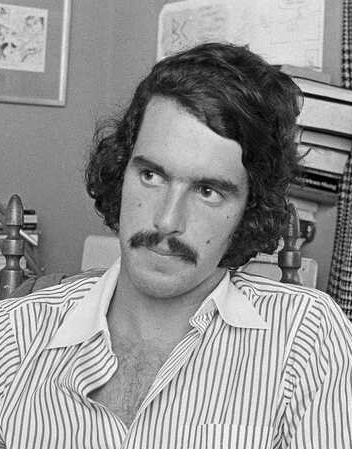
Garry Trudeau
1948–
Garry Trudeau attended Yale University and was a cartoonist and writer for The Yale Record. He also created a comic strip called Bull Tales that moved to the Yale Daily News in 1969. Universal Press Syndicate bought the strip and started selling it nationwide to over 400 newspapers under the title Doonesbury. In his long career, Trudeau has been a strong advocate of cartoonists rights. In 1975, Trudeau was the first comic strip artist to win the Pulitzer Prize, followed by the Reuben Award in 1996. Doonesbury was made into an animated short film in 1977 and a Broadway musical in 1984.
Inducted 2023
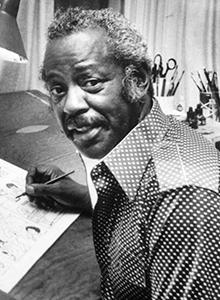
Morrie Turner
1923–2014
Morrie Turner created the Wee Pals comic strip in 1965. When Wee Pals first appeared, bringing black characters to the comics pages was by no means an easy task. At first, only five major newspapers published the strip. It was not until 1968 and the tragic assassination of Martin Luther King Jr. that Wee Pals achieved nationwide acceptance. Within three months of Dr. King’s death, Wee Pals was appearing in more than 100 newspapers nationwide. In 2012 Turner was the recipient of Comic-Con’s Bob Clampett Humanitarian Award. He also has the distinction of having been one of the handful of pros at the very first Comic-Con in 1970.
Inducted 2019
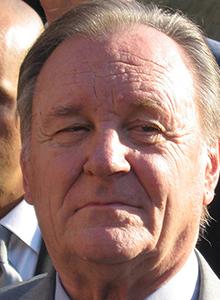
Alberto Uderzo
1927–2020
Alberto Uderzo was a struggling French cartoonist with several unsuccessful strips under his belt when he hooked up with writer René Goscinny to create Asterix the Gaul in 1959 for the first issue of Pilote, a comics weekly. After Goscinny died in 1977, Uderzo continued to produce Asterix albums on his own.
Inducted 2007
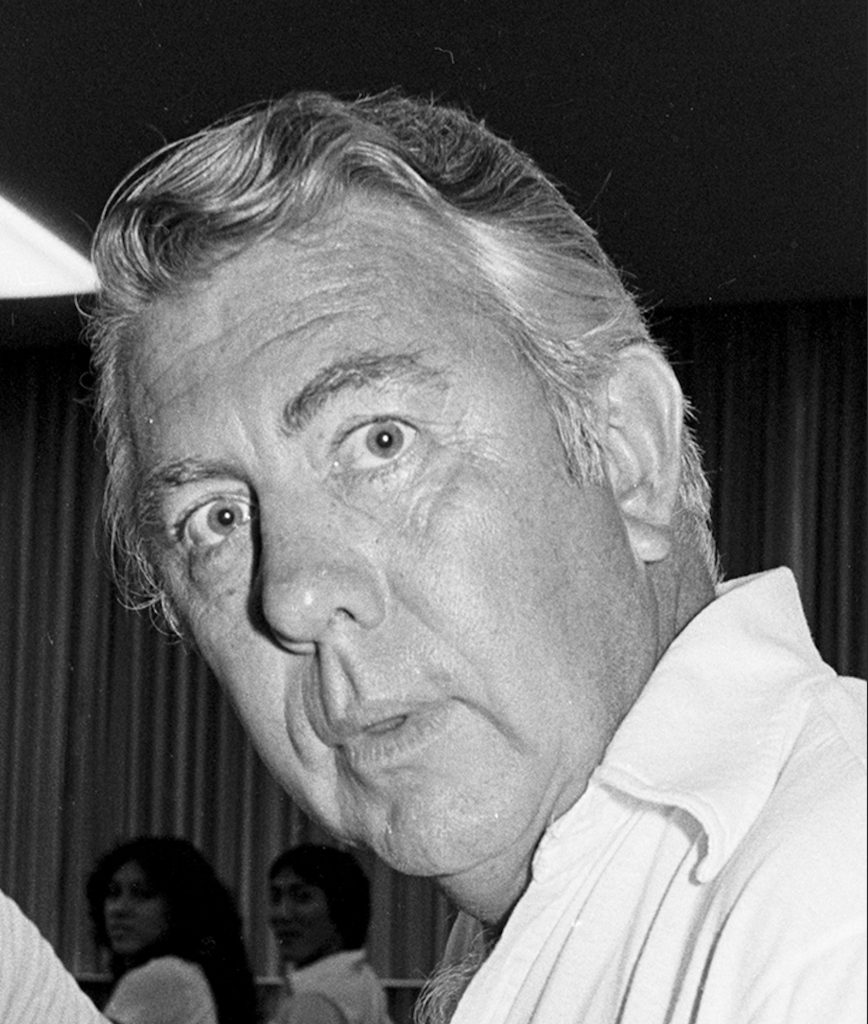
Mort Walker
1923–2018
Mort Walker was one of the best-known gag-a-day cartoonists in the world. He created three long-running and famous newspaper comics: his signature series Beetle Bailey (1950– ), Hi and Lois with Dik Browne (1954– ), and Boner’s Ark (1968–2000). Walker was not only a creative spirit in comedy, but he also loved his profession. He wrote various essays and books about comics. He was the first to think up names for comics symbols and imagery that had previously remained unnamed. Walker also turned the National Cartoonists’ Society into an actual professional organization and established its annual Reuben Award to honor artists and writers. He founded a Museum of Cartoon Art (1974–2002), whose huge collection of original artwork is nowadays part of the Billy Ireland Cartoon Library & Museum.
Inducted 2023
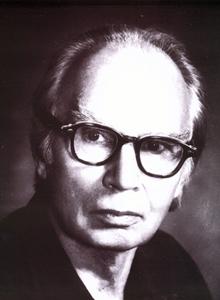
Lynd Ward
1908–1985
As a pioneer in the graphic novel, Lynd Ward produced six wordless novels in wood engravings from 1929 to 1937. His first novel, God’s Man, was followed by Madman’s Drum, Wild Pilgrimage, Prelude to a Million Years, Song Without Words, and Vertigo. All six books have been collected in a two-volume slip-cased edition by Library of the Americas.
Inducted 2011
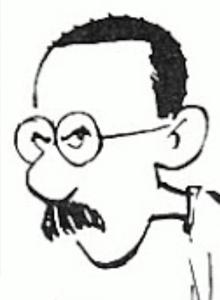
Bill Watterson
1958–
Cartoonist Bill Watterson created the strip Calvin and Hobbes, which was syndicated by Universal Press Syndicate from 1985 to 1995. The wildly popular series featured the highly imaginative little boy Calvin and his stuffed tiger, Hobbes, who came to life only with Calvin. In 1986, Watterson became the youngest cartoonist ever to receive the National Cartoonists Society’s Reuben Award—the industry’s highest honor. Watterson refused all merchandising for the characters, and after its 10-year run, he ended the series, saying that he had done all he could with Calvin and Hobbes. The final strip ran on December 31, 1995.
Inducted 2020

Len Wein
1948–2017
Len Wein is the co-creator of the legendary comic book series Swamp Thing, Human Target, and Brother Voodoo, as well as Wolverine and the New X-Men. He is noted for long runs writing almost every major character in the business, ranging from Superman, Batman, Wonder Woman, Justice League, Green Lantern, and the Flash, at DC to Spider-Man, the Incredible Hulk, the Mighty Thor, the Fantastic Four, and the X-Men at Marvel.
Inducted 2007